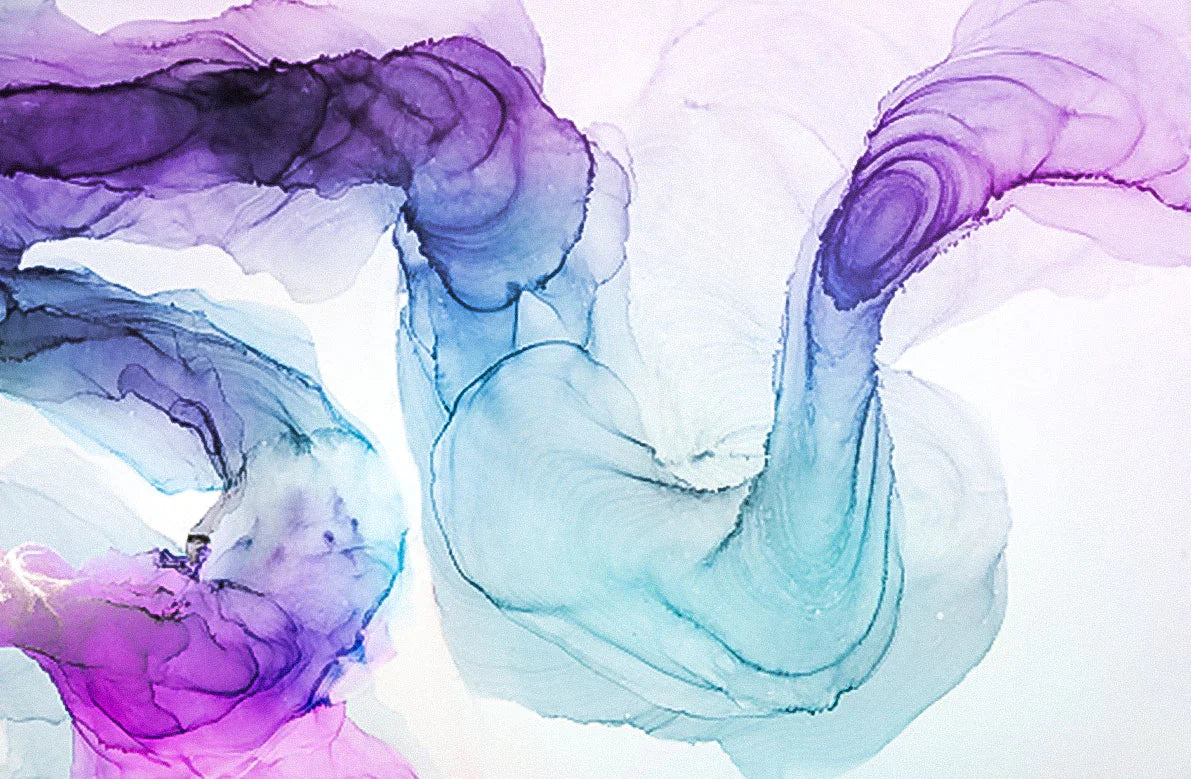
Some Microbes Matter More: Looking After Your Gut Microbiome
What if you saw this headline: On the Verge of Extinction! Endangered!
What comes to mind?
- Elephants or white rhinos in Africa
- Polar bears
- Earth
Surprise! These headlines have nothing to do with endangered animals or the planet and everything to do with the bacteria in your gut.
Specifically, keystone species in your gut are critical to your health.
Keystone Species Defined
The Oxford dictionary defines keystone species as “a species on which other species in an ecosystem largely depend, such that if it were removed, the ecosystem would change drastically.”1
The Effects of Modern Western Lifestyles on Keystone Species
There are keystone species of bacteria in your gut microbiome that play a vital role in keeping you healthy. Recent research shows, “Gut microbiome diversity in the western world is declining in comparison with traditional societies in less developed countries ... The reduction in this microbial diversity over the years due to industrialization and lifestyle in western societies directly correlates with a rise in metabolic, immune and cognitive diseases…”2
The study cites specific examples:
- Obesity
- Diabetes
- Asthma
- Allergies
- Inflammatory bowel disease
- Autism
- Mental health disorders
But here’s the good news: You can take steps to help support microbial diversity and ensure keystone species thrive in your gut.
To better understand what keystone species are and how they contribute to their ecosystems, let’s take a look at the mighty elephant.
The Elephant as an Example of a Keystone Species
Elephants are a keystone species. In Africa, they knock down and eat trees and shrubs, paving the way for grasses to thrive in sunny spaces that would otherwise be shady land populated with mature trees. These cleared areas are also hospitable habitats for smaller animals like mice and shrews, which feed larger savannah-dwelling animals like hyenas, cheetahs, and lions.3
It may seem odd to compare an elephant to the microscopic gut bacteria Akkermansia muciniphila – but both are keystone species in their ecosystems.
Like elephants knocking down trees to allow grasses to grow, Akkermansia muciniphila (A. muciniphila) is a beneficial microbe in your gut that knocks down mucin. This activity stimulates the production of additional mucin, which helps protect the gut lining.
The process also produces short-chain fatty acids (SCFAs), amino acids, and vitamins, which then feed other healthy gut bacteria!
But wait … there’s more to this elephant analogy!
Elephants eat up to 300 pounds of vegetation per day. That ultimately amounts to a lot of poop! As elephants wander (and poop), the seeds in their dung populate new areas with vegetation and promote diverse grasses on the savannah.3
Faecalibacterium prausnitzii (F. prausnitzii) is another keystone species in the human gut. It may not, like elephants, spread seeds, but it produces butyrate. Butyrate plays an important role in keeping systemic inflammation at bay. It is also food for colonocytes, which we depend on for healthy digestion.
Colonocytes are specialized cells in the large intestine that provide the perfect environment for both F. prausnitzii and A. muciniphila to flourish in healthy abundance and pave the way for greater microbial diversity.
When diverse bacteria thrive, they digest complex carbohydrates (known as prebiotics) as part of their normal metabolic processes. The outcome? Beneficial byproducts our bodies use for nutrition, immune function, and protection against pathogens. Without bacterial diversity in the GI system, microbial imbalance occurs, and health declines.4
Just as the seeds the elephants spread increase the diversity of grasses on the African savannah, the butyrate that F. prausnitzii produces initiates a cycle that ensures keystone species can thrive in the gut microbiome.
Tips for Enhancing the Growth of Keystone Species
If beneficial bacteria in your gut are at risk of becoming extinct due to an unhealthy lifestyle, what can you do about it?
To take your gut microbiome off the endangered list, consider these simple steps:
- Add fibre-rich (prebiotic) foods to your diet. Some great choices include apples, asparagus, bananas, cocoa, eggplant, flaxseed, garlic, honey, artichokes, jicama, legumes, onions, peas, and whole grains.
- Consider a probiotic that contains Bacillus species, which research shows increases microbial diversity in the gut.5,6
- Follow a consistent sleep schedule, aiming for at least 7 hours per night.
- Move your body daily.
- Learn to manage stress.
Here’s the really great news: When the proper nutrients are available, and your lifestyle is healthy, the beneficial organisms outcompete the pathogens, and those otherwise endangered keystone species will thrive!
References:
- https://www.lexico.com/en/definition/keystone_species
- Bello MGD, Knight R, Gilbert JA, Blaser MJ. Preserving microbial diversity. Science. 2018 Oct 5;362(6410):33-34. doi: 10.1126/science.aau8816. PMID: 30287652.
- https://onlyzoology.com/how-why-are-elephants-keystone-species/
- Litvak Y, Byndloss MX, Bäumler AJ. Colonocyte metabolism shapes the gut microbiota. Science. 2018;362(6418):eaat9076 doi:10.1126/science.aat9076.
- Nyangale EP, Farmer S, Keller D, Chernoff D, Gibson GR. Effect of prebiotics on the fecal microbiota of elderly volunteers after dietary supplementation of Bacillus coagulans GBI-30, 6086. Anaerobe. 2014 Dec;30:75-81. doi: 10.1016/j.anaerobe.2014.09.002. Epub 2014 Sep 16. Erratum in: Anaerobe. 2015 Aug;34:187. PMID: 25219857.
- https://www.sciencedirect.com/science/article/pii/S0963996921005755

Akkermansia Municiphila

Faecalibacterium prausnitzii
Author Bio:
Kristen Klos-Maki, DC, is Biocidin Botanicals’ Assistant Director of Research and a chiropractor certified in nutrition and the Webster Technique. Before joining Biocidin Botanicals, she was in private practice in Duluth, Minnesota, specializing in maternal health and pediatrics. She lives in Minnesota with her husband, two daughters, and their spoiled German Shorthair Pointer, Fynn.
This content was originally published on Biocidin.com website (June 21st 2022) - https://biocidin.com/blogs/blog-archive/keystone-species-in-your-gut-microbiome
